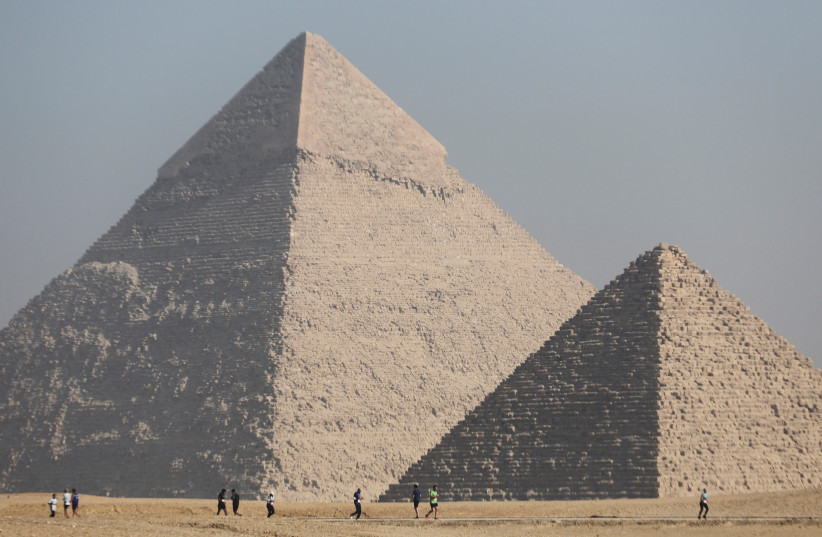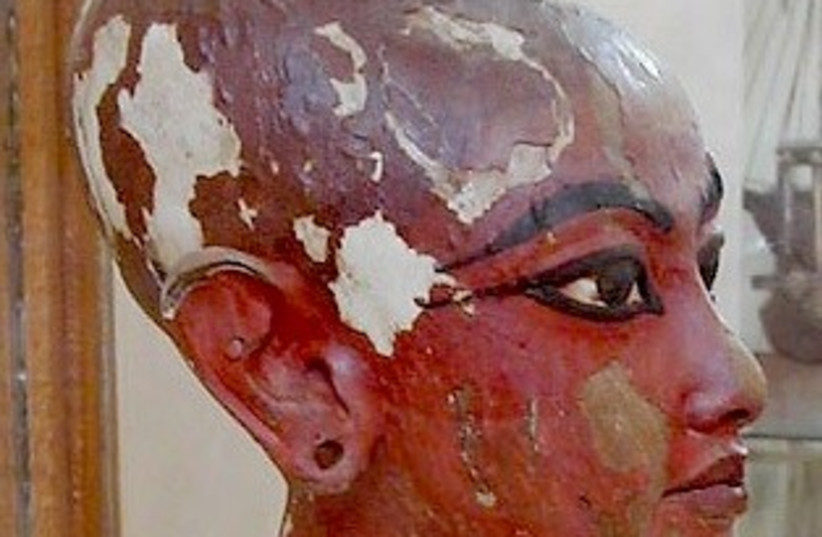 Benedykt XVI w Auschwitz ©Mazur/episkopat.pl (CC BY-NC-SA 2.0)
Benedykt XVI w Auschwitz ©Mazur/episkopat.pl (CC BY-NC-SA 2.0)
 Papież, który umiał odejść
Papież, który umiał odejść
Janusz Poniewierski
O papieżu Benedykcie mówiono i pisano po jego śmierci, że był „Mozartem teologii” (ks. J. Szymik), „doktorem Kościoła” (kard. G.L. Müller) i myślicielem, którego potomni porównywać będą ze świętymi: Tomaszem z Akwinu, Bonawenturą czy Johnem H. Newmanem (kard. Ch. Schönborn).
Na weryfikację tych ocen (zwłaszcza dwóch ostatnich) przyjdzie nam trochę poczekać, choć rzeczywiście trudno dziś nie doceniać intelektualnej płodności Josepha Ratzingera, jego erudycji i swobody, z jaką poruszał się po różnych dyscyplinach teologicznych (od biblistyki przez dogmatykę po teologię moralną i liturgikę), tak jakby nie przyjmował do wiadomości coraz węższej specjalizacji, do jakiej dąży ta dziedzina wiedzy.
Bez wątpienia był teologicznym gigantem. Niejedynym w II poł. XX i na początku wieku XXI, niemniej Kościół (zwłaszcza po jego wyborze na papieża, ale także już wcześniej, w czasie pontyfikatu Jana Pawła II) obdarzał go autorytetem tak wielkim, że ten niemiecki myśliciel zamiast inspirować rozwój teologii, nierzadko go raczej hamował.
Myślę tu zwłaszcza o piętnie, jakie odcisnął w czasie, gdy (przez blisko ćwierć wieku) sprawował funkcję prefekta Kongregacji Nauki Wiary.
Można oczywiście wskazywać jeszcze inne przyczyny, dzięki którym Ratzinger wejdzie (a przynajmniej może wejść) do historii Kościoła rzymskokatolickiego. Szczególne powody do wdzięczności mają dla niego – już jako papieża – zarówno tradycjonaliści i środowiska konserwatywne (m.in. za „uwolnienie” mszy trydenckiej i zdecydowane stanowisko zajęte w tzw. wojnie kultur), jak i katolicy otwarci na dialog (za porzucony, niestety, przez Kościół projekt zwany dziedzińcem pogan).
Wszystkie te osiągnięcia i inicjatywy bledną jednak w kontekście profetycznego gestu rezygnacji z urzędu papieża. Tą jedną decyzją Benedykt XVI wstrząsnął posadami Kościoła rzymskokatolickiego i zapewnił sobie trwałe miejsce w jego dziejach (nawet gdyby miały być one opisane na kilkunastu zaledwie stronach).
On sam był raczej dyskretny, jeśli chodzi o ujawnianie powodów, które skłoniły go do abdykacji. Jego oświadczenie z roku 2013 mówi jedynie o podeszłym wieku i siłach niewystarczających do dalszego kierowania Kościołem. W Ostatnich rozmowach, przeprowadzonych w 2016 r. przez Petera Seewalda, papież emeryt dość zdecydowanie wykluczył, by za jego decyzją kryło się poczucie zawodu, samotność czy brak wsparcia ze strony współpracowników.
Pomimo to wolno chyba pytać, czy ów brak „siły zarówno ciała, jak i ducha” nie był przez niego postrzegany w kontekście konieczności oczyszczenia Kościoła, coraz bardziej przypominającego stajnię Augiasza – i związanej z tym bezradności, jaką mógł wówczas odczuwać. Prawdopodobnie – zastanawia się watykanistka Elisabetta Piqué – „widział, jak jego poprzednikiem manipulowali jego najbliżsi współpracownicy. (…) Być może nie chciał powtórki z ostatnich lat pontyfikatu Jana Pawła II, [tego] że jakaś grupa zaczęłaby rządzić zamiast chorego papieża”.
W rogito, oficjalnym dokumencie watykańskim opisującym życie i pontyfikat Benedykta XVI (i włożonym do jego trumny), zdecydowano się podkreślić, że zmarły papież „walczył z mocą z przestępstwami popełnianymi przez przedstawicieli duchowieństwa wobec małoletnich lub osób bezradnych, nawołując nieustannie Kościół do nawrócenia, modlitwy, pokuty i oczyszczenia”. To ważne i piękne świadectwo dla potomności, choć historycy Kościoła zechcą pewnie dołączyć tu jakiś przypis pokazujący zderzanie się z systemem, ale i funkcjonowanie w jego ramach…
Może zdumiewać, że Benedykt XVI – jako człowiek niezwykle skromny i pełen pokory, a jednocześnie bardzo przenikliwy – po swojej abdykacji nie zrezygnował z noszenia białej sutanny i zamieszkał na terenie Watykanu, co niejednokrotnie (wbrew jego woli) usiłowali wykorzystać przeciwnicy papieża Franciszka.
Żył prawie 96 lat. Zapytany przez Seewalda o perspektywę śmierci, już jako emeryt mówił: „Przy całej ufności, jaką żywię, że dobry Bóg mnie nie odrzuci, im bliżej jestem Jego oblicza, tym bardziej zdaję sobie sprawę, jak wiele popełniłem błędów”. I dalej: „Nie zawsze (…) stanęło się na wysokości zadania”.
To dzięki takim słowom Papa Ratzi, jak go kiedyś nazywano, stał się dla mnie kimś naprawdę bliskim.
6 stycznia 2023 r.
Zawartość publikowanych artykułów i materiałów nie reprezentuje poglądów ani opinii Reunion’68,
ani też webmastera Blogu Reunion’68, chyba ze jest to wyraźnie zaznaczone.
Twoje uwagi, linki, własne artykuły lub wiadomości prześlij na adres:
webmaster@reunion68.com





